Cyberthreats to financial organizations in 2022
SecureList
NOVEMBER 23, 2021
Data from the Brazilian Federation of Banks registered a considerable increase in crime (such as explosions at bank branches to steal money) and cybercrime (increased phishing and social-engineering attacks) against banking customers and banking infrastructure. If not ransomware, then DDoS or possibly both. Forecasts for 2022.


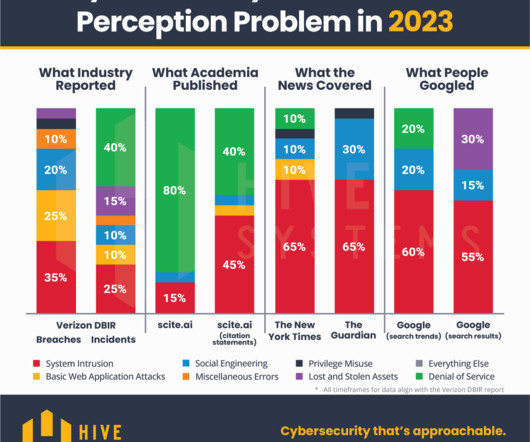
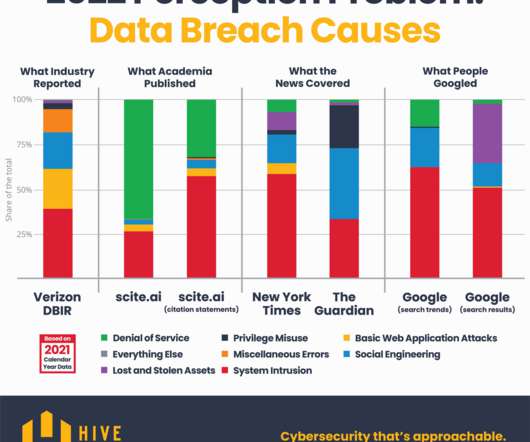

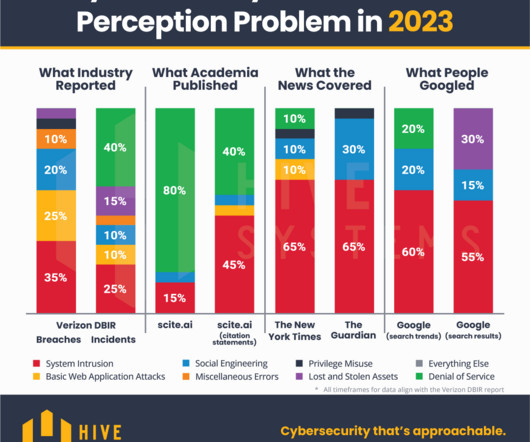
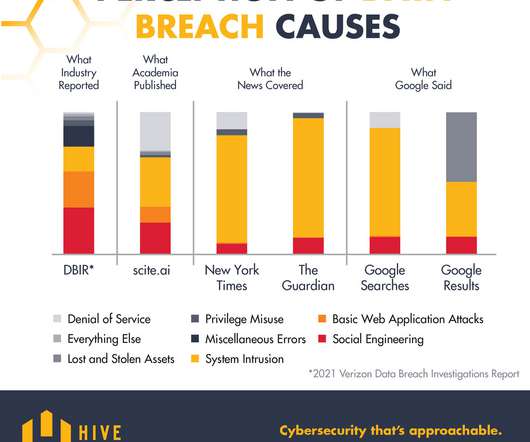
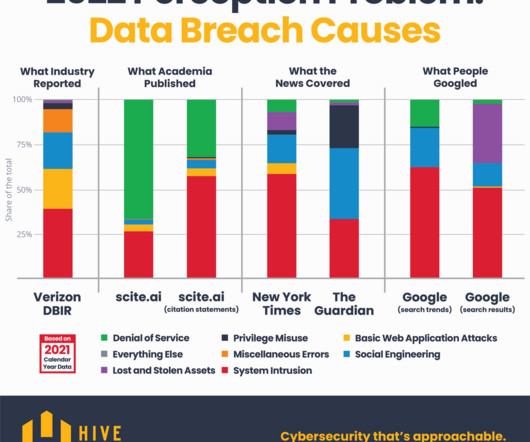










Let's personalize your content